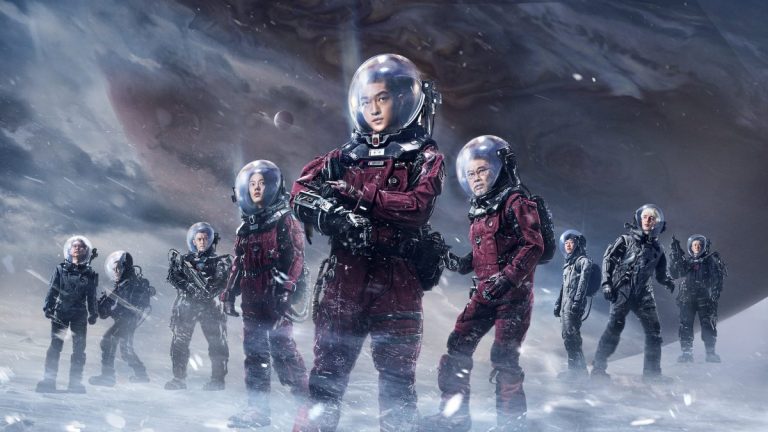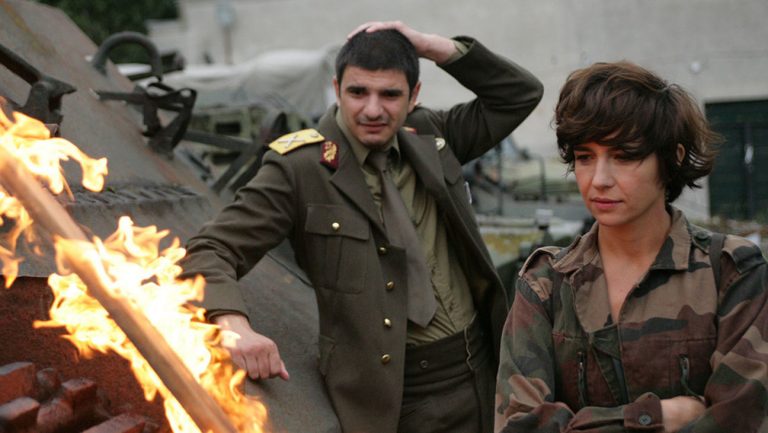When a leading character dies on screen, fans react strongly because they have emotionally invested in these characters, making the death feel personal. It is more than a shock or a twist, and it creates a deep connection that enhances audience engagement. Fans root for their heroes, escape with them, and carry pieces of their stories long after the credits. When a beloved actor’s character meets an untimely end, audiences feel it deeply, as if the actor themselves has died. This emotional bond explains why these moments resonate so powerfully with viewers.
Fans can get angry. Some feel betrayed. Others appreciate the emotional punch because it means the story mattered. But almost everyone agrees on one thing: it changes the experience. The death of a leading man can shift the tone of a franchise, redefine an actor’s legacy, or even ignite enthusiastic debates that last for years. Nearly three decades later, audiences still debate the on-screen death of Jack Dawson (Leonardo DiCaprio) in the movie Titanic.
Movie-goers still passionately argue over whether there was enough room for Jack on the floating door to survive. Everyone has their own opinion. These types of scenes cross generations and cultures, leaving a lasting emotional impression, as seen when Rose promises to ‘never let go,’ but does, showing how such moments resonate deeply with viewers.
You have your own on-screen death of a leading actor you remember, which shows how these moments resonate deeply with viewers. Reflecting on your own experiences invites you to connect personally with the topic and understand why these scenes leave a lasting impression. Trust me, these death scenes hit fans harder than you might expect. Fans now go as far as to ask their favorite leading men to stop dying in their films. Just visit YouTube, and you can see videos like “The Many Deaths of Kevin Costner” or “Danny Trejo Every Death.”
These scenes seem to matter to us more than we care to acknowledge them. First, we know that popular actors are cast in certain films to fill the theater with full seats. Fans love their leading men, making the movie heroes more than fictional characters. They can symbolize courage, justice, strength, vulnerability, and hope. When they fall, fans confront the loss of these ideals, even briefly. That collective gasp, or grief we feel at that moment, stresses how storytelling creates a relationship with viewers, making these deaths impactful and memorable.
Who do you think cut our top ten leading men with the most on-screen deaths? Go ahead. Take a guess! You might be thinking of horror icons who perish in every other movie or action stars who bravely go down in a blaze of cinematic glory. Or a confident, fan-favorite leading man dies for a cause he believes in, carrying that conviction all the way to death.
Whatever your hunch, this list might surprise you. A name like Danny Trejo may stand out with the highest death counts, while others may make you think, “I never realized that he died that much?” These characters’ frequent on-screen deaths add to the story, highlight how specific roles are crafted for dramatic effect, and contribute to film trivia.
1. Christopher Lee
On-screen death count (film career): Guinness World Records lists 61 on-screen movie deaths, with Lee starring in many top-billed films, especially horror and villain roles, making him a prominent figure in this list. (Guinness World Records)
Memorable Scene: One of Lee’s most memorable death scenes was as Dracula in the 1958 film, where he dissolves into dust after being impaled by a crucifix, which remains an iconic cinematic horror moment. Such vivid descriptions help readers visualize and appreciate the lasting impact of these scenes.
He is the leader: Lee dominated the screen in some of cinema’s most iconic horror and villain roles, from Dracula to Frankenstein. His commanding presence made his characters’ deaths unforgettable, cementing his reputation as a master of dramatic impact and a figure audiences remember whenever on-screen deaths are discussed, highlighting his lasting influence.
2. Danny Trejo
On-screen deaths (movies + TV): Fox News reports Trejo has 65 on-screen deaths. (Fox News)
How he qualifies: Trejo’s career is filled with bold and memorable roles across action, crime, and horror, and a significant number of those films end with his character’s death. In several of these movies, he takes command of the story as the lead or central figure rather than blending into the supporting cast.
Memorable: 1995 film ”Heat,” where Robert De Niro’s character mercy-kills him. Trejo’s character, Gilbert Trejo, is severely beaten by another character and left for dead, only to be found by De Niro, who ends his suffering with a single shot after Trejo begs to be killed.
3. Vincent Price
On-screen death count: According to CBR, Price has died “70 times” in film/TV, but importantly, there are analyses that put him at around 48 according to Guinness’s summary. (CBR)
Why he fits: Price’s career was defined by a string of top-billed Gothic and horror films, many of which culminated in the unforgettable deaths of his characters.
Memorable: Vincent Price’s most memorable death scene is often cited as his final moment in “Edward Scissorhands,” where he dies after giving Edward his holiday gift early. Price’s character suddenly sports a pained look on his face and collapses to the ground dead. Edward stokes his dead creator’s face with one of his scissor blades and draws blood. As with much of the film, Edward does not seem to comprehend what has happened fully.
4. Dennis Hopper
On-screen death count: The Independent reports Hopper with 48 on-screen deaths. (The Independent)
How he qualifies: Hopper was often a major player or co-lead in his films, especially his most iconic ones (“Easy Rider,” “Blue Velvet”), and a number of his memorable roles end in death.
Memorable: Often considered his single most incredible movie moment, the scene in the 1993 movie “True Romance” features a tense, brilliant 10-minute dialogue confrontation between Hopper (as Clifford Worley) and Christopher Walken (as a mob boss). Knowing he will be tortured for information about his son, Hopper’s character takes control of the situation by launching into a provocative, anger-charged monologue designed to enrage the mob boss enough to shoot him dead instantly, thus protecting his son by not giving up his location. Critics still celebrate his selfless final moment as a powerful blend of unforgettable acting and brilliant storytelling.
5. John Hurt
On-screen death count: According to Guinness-cited research, Hurt has 43 on-screen movie deaths. (Guinness World Records)
How he qualifies: John Hurt took on many central roles in films like “Alien” and “The Elephant Man,” far beyond simple cameos. His characters were often crucial to the story, carrying the plot forward. When Hurt’s characters died, the scenes were usually pivotal and unforgettable. These moments left a lasting impact on audiences, highlighting his remarkable ability to infuse every role with depth and emotion.
Memorable: In “The Elephant Man” (1980), Hurt’s character, John Merrick, dies peacefully in his sleep. After being instructed to lie down, he tragically suffocates under the weight of his deformities. Film-goers consider this scene one of his most emotional, set to Samuel Barber’s ”Adagio for Strings.”
6. Boris Karloff
On-screen death count: Guinness summary research places him at 42. (Guinness World Records)
How he qualifies: In several of his horror films, like his unforgettable role in “Frankenstein,” Karloff was often the central figure and the face of the story. His characters frequently met grim or destructive ends, which added tension and drama to the plot. These on-screen deaths were more than just story points. They highlighted Karloff’s talent for showing fear, vulnerability, and emotion, thus leaving a lasting impact on audiences and solidifying his place as a true horror icon.
Memorable: Boris Karloff’s most memorable death scene is the one from ”The Ghoul” (1933), where he is skinned alive by Bela Lugosi. He also meets his end in the unforgettable final scene of “Frankenstein” (1931), trapped in a windmill fire, though later stories would change that outcome.
7. Lance Henriksen
On-Screen Death count: Guinness-listed research puts Henriksen at 41. (Guinness World Records)
How he qualifies: Lance Henriksen has earned a special place in the hearts of sci-fi and horror fans. Over the years, he has brought to life a range of characters who often find themselves in peril, many of whom meet unforgettable or shocking ends. What makes Henriksen stand out is the way he carries each role, balancing raw intensity with moments of vulnerability and quiet strength, so that when his characters die, their deaths linger with the audience long after the credits roll. Henriksen’s characters are rarely just background figures. They drive the story and leave an impression, which is part of why fans remember him so vividly.
Memorable: As Bishop, in the 1986 film “Aliens,” he is torn in half by a creature. He dies slowly and lives long enough to deliver a memorable and emotional line – “I’m alright.” The death is visually shocking and emotionally impactful, highlighting the horrific nature of the Xenomorph.
8. Eric Roberts
On-Screen death count: Combined research sources list him with 38 on-screen “movie” deaths. (Guinness World Records)
How he qualifies: Eric Roberts has built a diverse career by taking on prominent roles in a wide range of films. In several of these movies, his characters meet their end, often in unforgettable ways. Whether he is the star of the story or an essential supporting force, Roberts brings a natural seriousness to the screen. It is what makes his character deaths hit harder and linger with audiences long after the movie is over.
Memorable: Eric Roberts has had numerous death scenes, and one of his most memorable is arguably from the 2008 film “Dark Honeymoon,” where he is brutally stabbed to death in a coffee shop restroom
9. Bela Lugosi
On-screen death count: Reported at around 36 on-screen deaths in collected research data. (Guinness World Records)
How he qualifies: As the legendary Dracula and in many of his other horror roles, Lugosi was usually front and center, the character around whom everything revolved. When his characters met their end, it was never just another scene. It became a significant turning point in the story and often one of the most unforgettable moments in classic horror. Audiences were drawn to his commanding presence, and his on-screen deaths added tension and emotional weight, keeping viewers captivated.
Memorable: Most would all recall the death scene in the 1931 “Dracula” film, but second to that one is the 1941 “The Wolf Man.” Playing the fortune teller, Lugosi, is beaten to death with a silver-handled cane by Lon Chaney Jr.
- Honorable mention is his death in “The Raven.”
10. Mark Hamill
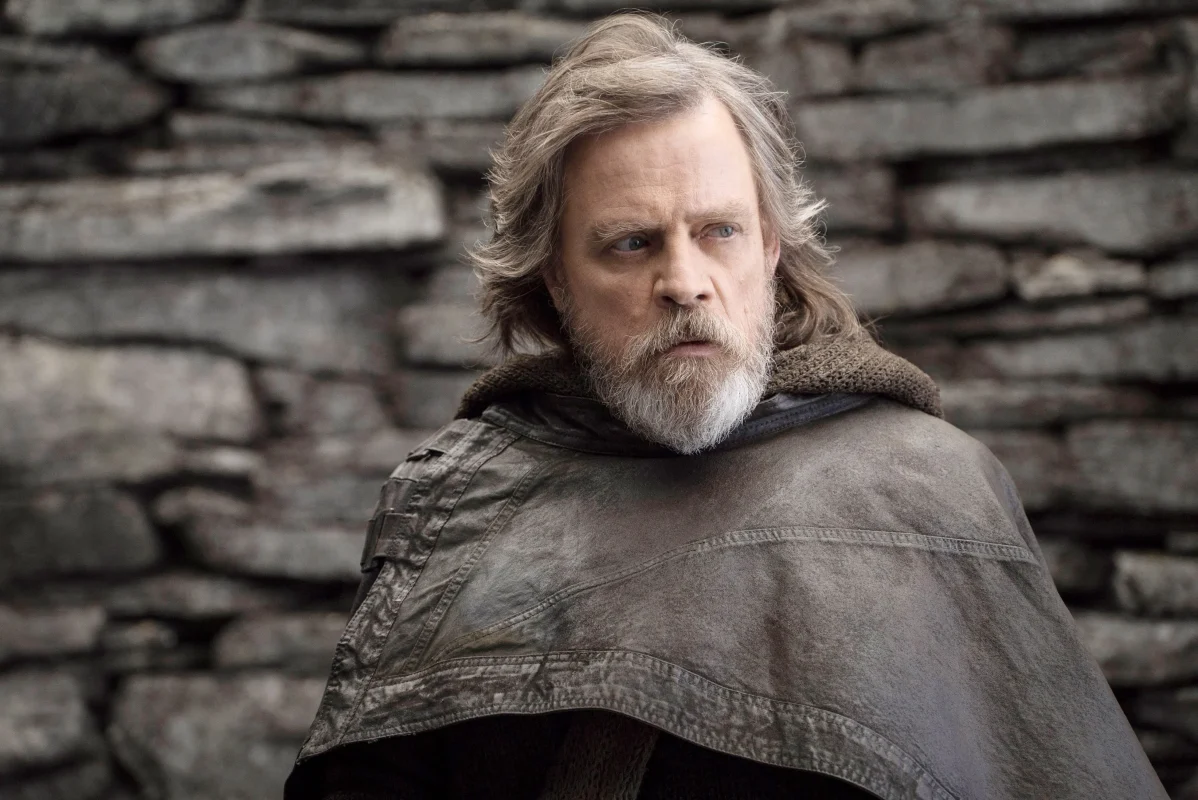
On-screen death count: Data from IMDb research lists around 30 memorable on-screen deaths. (CBR)
How he qualifies: While Mark Hamill is best known for Luke Skywalker, he has taken on a variety of significant roles in other films. In several of these movies, his characters meet dramatic or memorable ends, and he is often featured prominently in the cast. These performances showcase his range and leave a lasting impression, making the moments when his characters die especially striking for audiences.
Memorable: Every Jedi fan will state that his death in ”The Last Jedi.” Hamill’s final scene as Luke Skywalker shows him performing a Force projection to distract the First Order, allowing the Resistance to escape. He dies peacefully on the island of Ahch, after giving the last glimpse of his power.
Overall, the death of a leading character on screen is a moment that echoes far beyond the theater walls. It reminds us how deeply stories can shape our emotions and how powerfully actors connect us to the worlds they inhabit. Fans react so strongly because these characters become companions. They become people we admire, root for, and sometimes even rely on to make sense of our own lives. We want them to succeed, not die.
When they fall, the loss feels real to us. It sparks conversations, inspires debates, and sometimes even changes the way we see the actor behind the role. It will even stop fans from ever watching that film again. However, that emotional ripple is also what makes cinema unforgettable. That is what the storyteller wants you to feel. The death of the leading character shows the cause he fought for, which meant he had to give his all, his life. It was an honorable death. What this all proves is that stories still matter, that audiences still care, and that a robust performance can linger long after the character is gone.
Death scenes of leading characters can move, challenge, and keep us coming back for more. It is one of the most dramatic ways to tell a story because each of us can relate to that loss. And that is why fans hold on so tightly. These moments remind us that, even in fiction, the stakes can feel profoundly human.

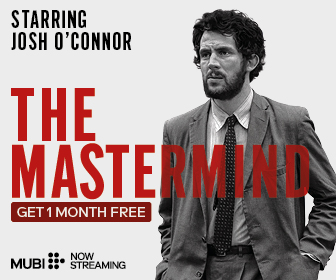
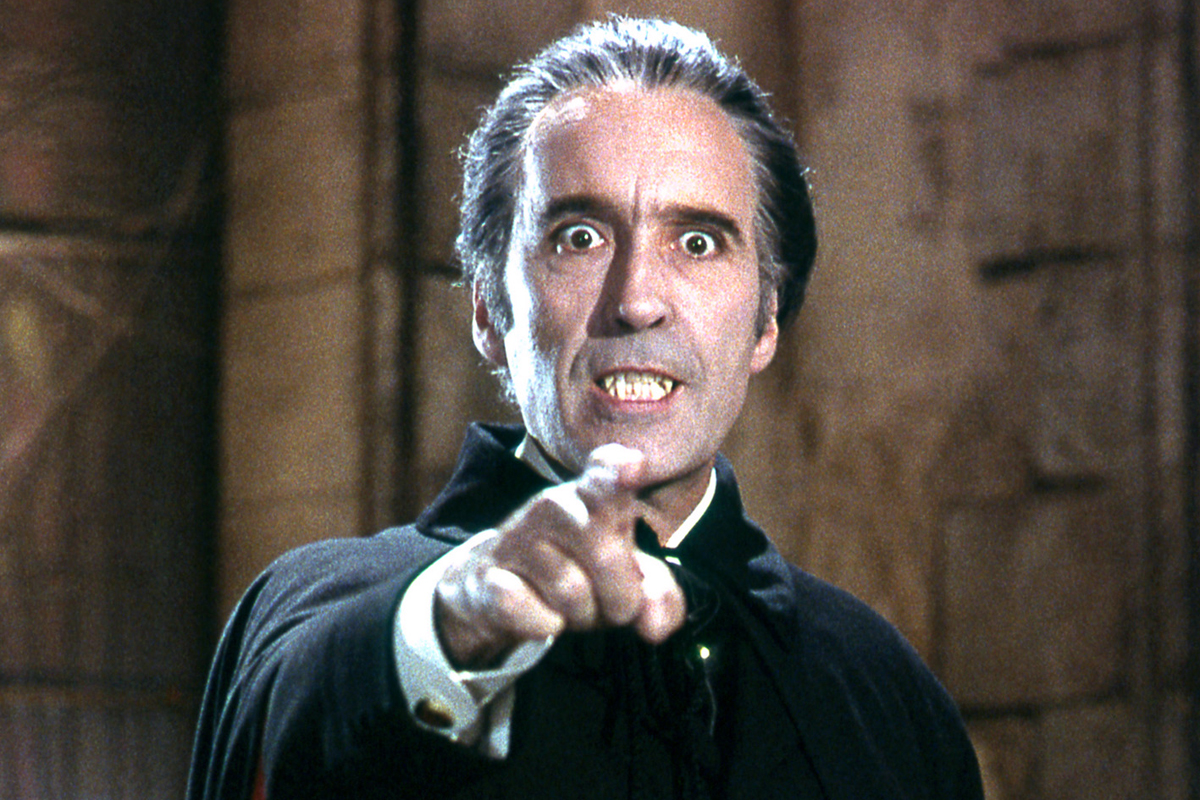



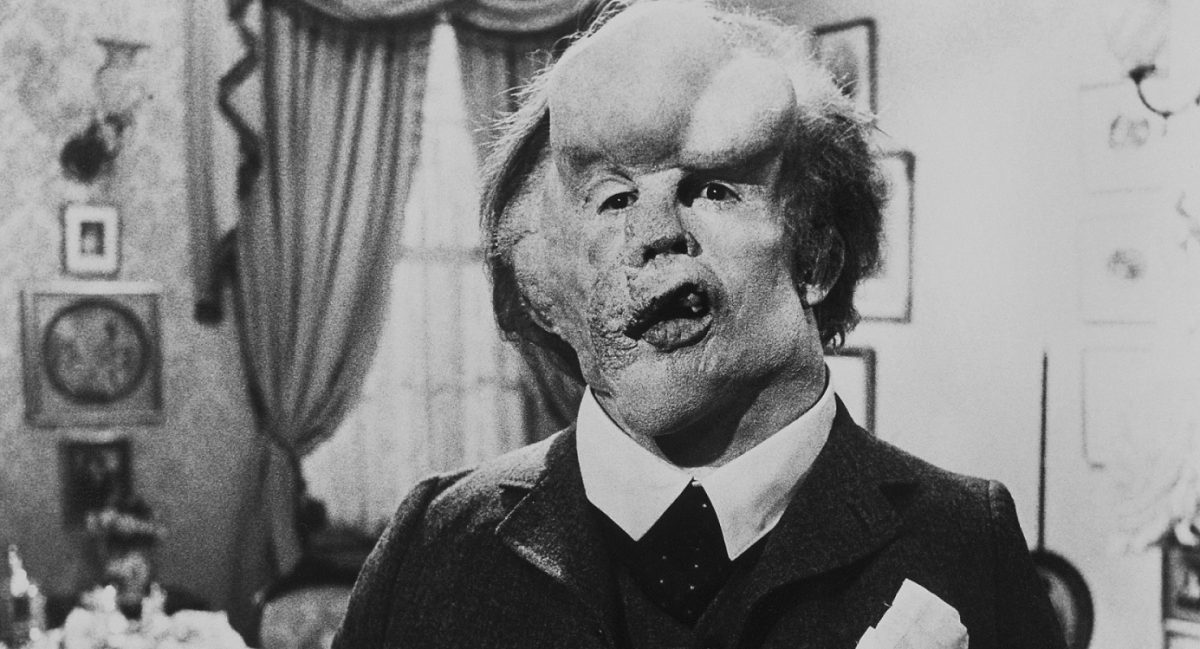
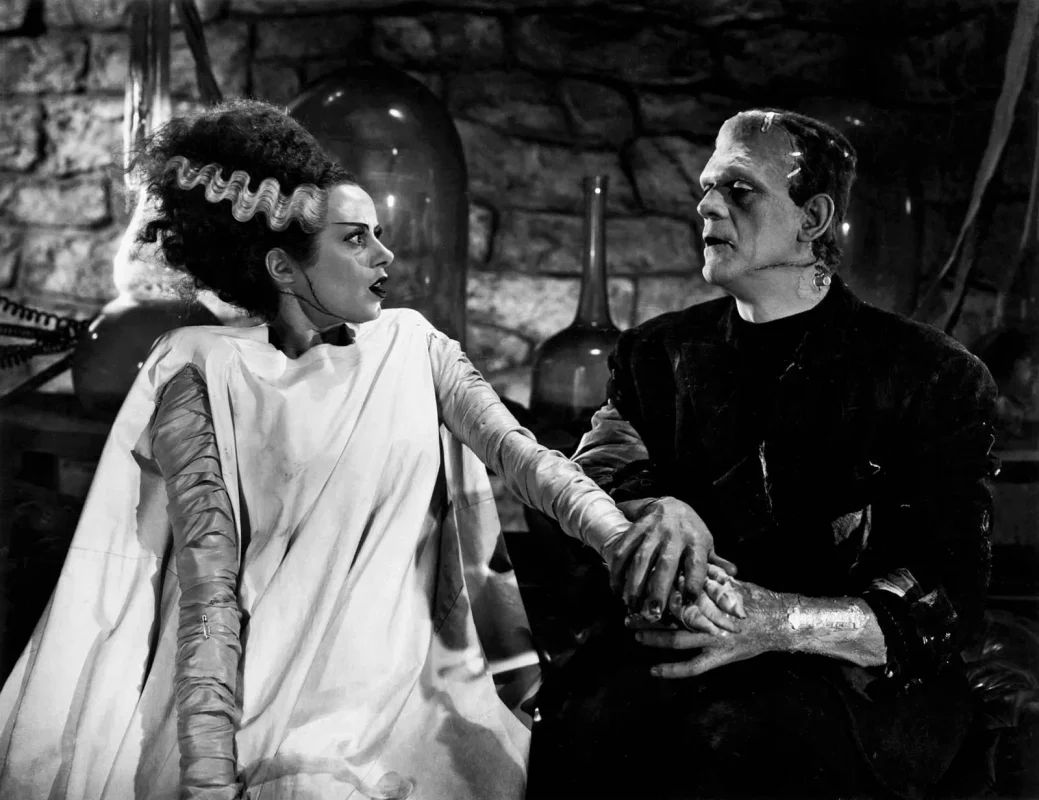
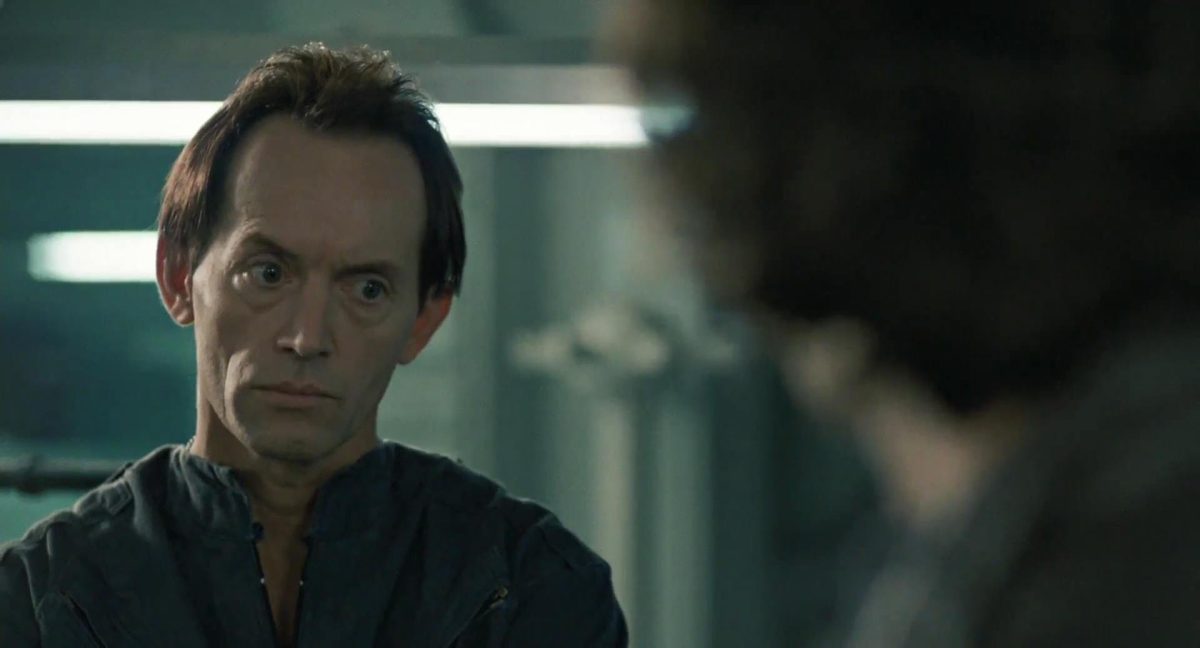

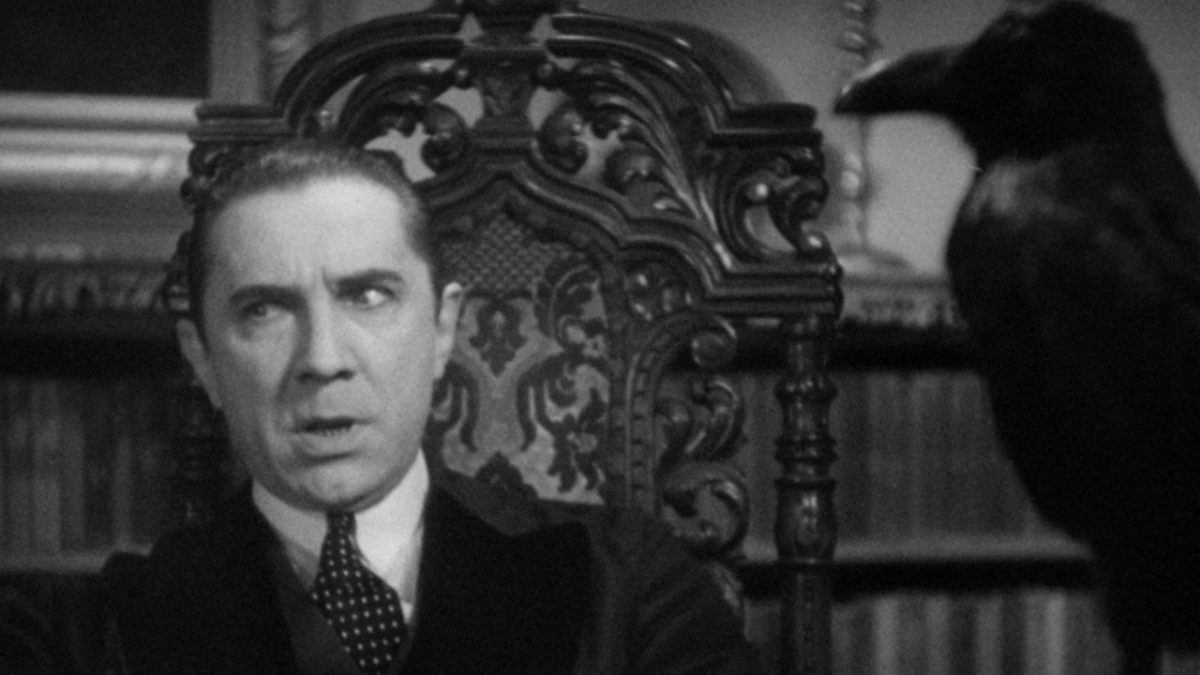
![Amadeus [1984]: For the Artist in You](https://79468c92.delivery.rocketcdn.me/wp-content/uploads/2017/06/Amadeus-3-768x494.jpg)
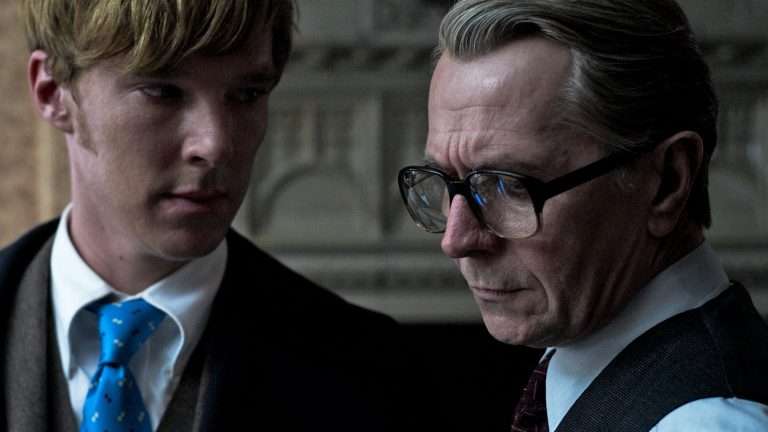
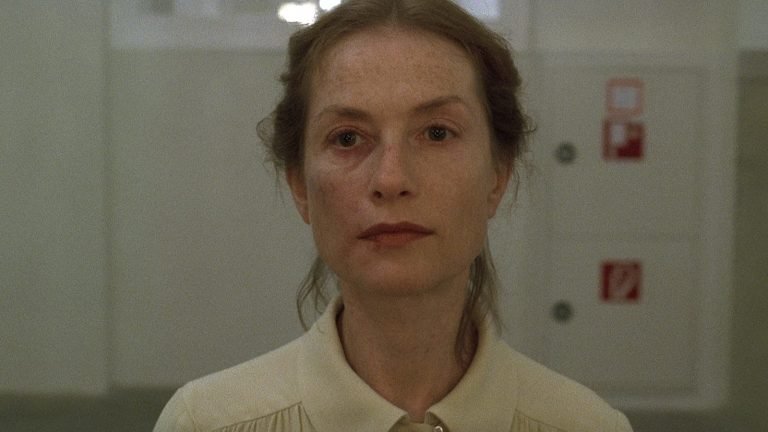
![The Stepford Wives [2004]: Dress-up and Denial](https://79468c92.delivery.rocketcdn.me/wp-content/uploads/2017/06/18902769_1577004082318324_1061941916_n-768x384.jpg)
